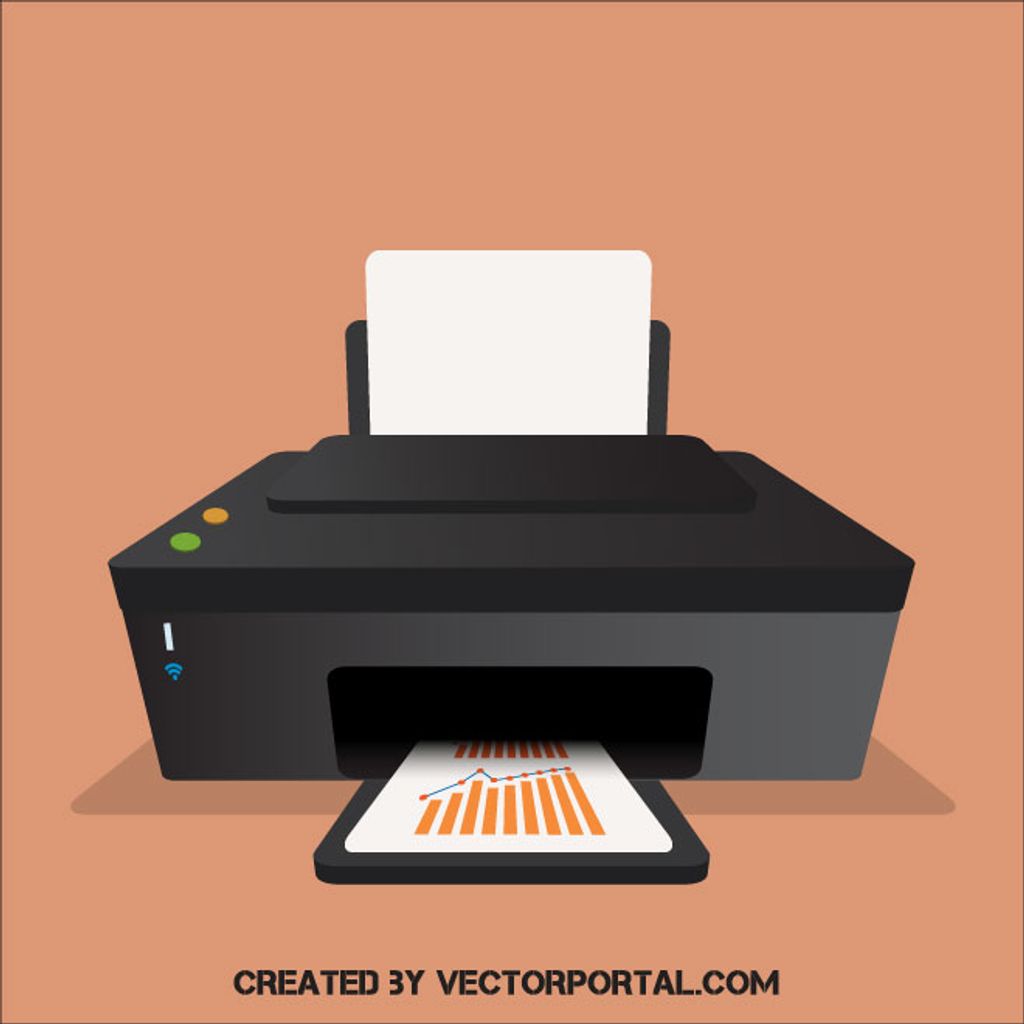
When it comes to printing, there are two main methods that businesses can choose from: digital printing and offset printing. Each method has its own advantages and disadvantages, and understanding the differences between them is crucial for making informed decisions. In this article, we will compare digital printing and offset printing in terms of quality, cost, flexibility, and suitability for different print jobs.
Key Takeaways
- Digital printing offers high-quality prints with vibrant colors and sharp details.
- Offset printing provides accurate color reproduction and consistent results.
- Digital printing has lower initial setup costs compared to offset printing.
- Offset printing is more efficient for large print runs due to its high printing speed.
- Digital printing allows for personalized and variable data printing, ideal for customized print materials.
Understanding the Basics

What is Digital Printing?
Digital printing is a modern printing method that allows you to print high-quality documents directly from a digital file. Unlike offset printing, which involves creating printing plates, digital printing eliminates the need for this time-consuming and costly step. With digital printing, you can quickly and efficiently produce small to medium-sized print runs without sacrificing print quality. This makes digital printing a great option for projects that require fast turnaround times or frequent updates.
What is Offset Printing?
Offset printing is a traditional printing method that has been around for decades. It involves transferring ink from a plate to a rubber blanket, which then applies the ink to the printing surface. This process is known for its high-quality and consistent results, making it a popular choice for a wide range of print jobs. Unlike digital printing, which uses toner or inkjet technology, offset printing uses liquid ink that is mixed to achieve precise colors and sharp details. It is commonly used for large print runs and is especially well-suited for projects that require high color accuracy and fine details.
Quality and Color Reproduction

Comparing Print Quality
When it comes to print quality, both digital printing and offset printing have their strengths. Digital printing offers sharp and vibrant colors, making your designs pop off the page. On the other hand, offset printing provides a more traditional and tactile print feel, which can add a sense of sophistication to your materials.
If you’re looking for a print method that emphasizes the visual impact of your designs, digital printing is a great choice. The high resolution and precise color reproduction of digital printing ensure that every detail is captured with clarity. This is especially important for designs with intricate patterns or gradients.
However, if you want to create a tactile experience for your audience, offset printing is the way to go. The ink is transferred from the printing plate to a rubber blanket and then onto the paper, resulting in a slightly raised texture that adds depth to your prints. This can be particularly effective for materials like business cards or invitations, where you want to make a lasting impression.
In summary, both digital printing and offset printing offer different advantages when it comes to print quality. Digital printing excels in vibrant colors and precise details, while offset printing adds a tactile element that can elevate your prints to the next level.
Color Accuracy and Consistency
When it comes to color accuracy and consistency, both digital printing and offset printing have their strengths and weaknesses. Digital printing offers precise color matching, ensuring that the final print reflects the intended colors. This is especially important for designs that rely heavily on specific color schemes or branding guidelines. On the other hand, offset printing may require more adjustments and color calibration to achieve the desired results. It is crucial to work closely with the printing provider to ensure that the colors turn out as expected.
In terms of consistency, digital printing excels in producing consistent color results throughout the print run. Each print is virtually identical, making it ideal for projects that require uniformity. Offset printing, on the other hand, may have slight variations in color from print to print due to factors like ink absorption and paper texture. However, these variations are usually minimal and may not be noticeable to the average viewer.
When choosing between digital printing and offset printing, consider the importance of color accuracy and consistency for your specific project. If precise color matching and consistent results are crucial, digital printing may be the better option. However, if slight variations in color are acceptable and other factors like cost and efficiency are more important, offset printing could be the way to go.
Cost and Efficiency

Initial Setup Costs
When it comes to initial setup costs in the printing world, digital printing takes the cake. Unlike offset printing, which requires expensive plates and setup time, digital printing eliminates the need for these costly steps. With digital printing, you can simply send your file directly to the printer and get started right away. This not only saves you money but also reduces the time it takes to get your prints in hand.
In addition to the cost savings, digital printing offers other advantages. For example, it allows for more flexibility in terms of printing small quantities. If you only need a few prints or want to test out a design before committing to a larger print run, digital printing is the way to go. It’s perfect for short print runs where cost-effectiveness and quick turnaround are key.
So, if you’re looking to minimize your initial setup costs and have the flexibility to print small quantities, digital printing is the clear winner.
Printing Speed and Volume
When it comes to printing speed and volume, both digital printing and offset printing have their strengths and weaknesses. Digital printing is known for its fast turnaround time, making it ideal for small to medium-sized print jobs. With digital printing, you can get your prints quickly without sacrificing quality. On the other hand, offset printing is more suited for large print runs. It may take longer to set up initially, but once the setup is complete, offset printing can produce prints at a much faster rate. This makes it a cost-effective option for high-volume printing.
In terms of volume, digital printing is great for short print runs. Whether you need a few copies or a few hundred copies, digital printing can handle it efficiently. However, when it comes to large print runs, offset printing takes the lead. Its ability to handle high volumes of prints makes it the go-to choice for projects that require a large quantity of prints. So, when considering printing speed and volume, it’s important to choose the method that best suits your specific needs and requirements.
Flexibility and Customization

Personalization Options
When it comes to personalization options, digital printing takes the cake. With digital printing, you have the ability to order online and customize your prints with just a few clicks. Whether you want to add a personal touch to your wedding invitations or create unique business cards, digital printing offers a convenient and hassle-free solution. You can easily upload your design files, choose your desired specifications, and place your order online. It’s as simple as that!
In addition to the ease of ordering, digital printing also allows for quick turnaround times. Unlike offset printing, which requires time-consuming setup processes, digital printing can get your prints ready in no time. This means you can receive your personalized prints faster and meet tight deadlines with ease. So, if you’re looking for a printing method that offers both convenience and speed, digital printing is the way to go.
Variable Data Printing
Variable data printing allows you to personalize each printed piece with unique information. This is especially useful for direct mail campaigns or targeted marketing efforts. With variable data printing, you can easily customize elements such as names, addresses, and even images to create a more personalized and engaging experience for your audience. By tailoring your message to each individual, you can increase the effectiveness of your marketing efforts and improve customer engagement.
Suitability for Different Print Jobs

Short Print Runs
When it comes to short print runs, digital printing is the way to go. With digital printing, you can easily produce a small quantity of prints without the need for extensive setup or high costs. This makes it ideal for projects that require a quick turnaround or have a limited budget. Longer print runs, on the other hand, are better suited for offset printing. Offset printing is more efficient and cost-effective for large quantities, allowing you to produce a high volume of prints at a lower cost per unit. So, whether you need a few prints or a large batch, there’s a printing method that’s perfect for your needs.
Large Print Runs
When it comes to large print runs, both digital printing and offset printing have their advantages. Consistent high-quality images are crucial for any print job, especially when you’re dealing with a large volume of prints. Offset printing, with its precise ink application and color control, excels in delivering sharp and vibrant images consistently. On the other hand, digital printing offers the convenience of quick setup and the ability to make on-the-fly adjustments, making it a viable option for time-sensitive projects with tight deadlines. Whether you choose digital printing or offset printing for your large print runs, it’s important to consider your specific requirements and budget to make the right choice.
Conclusion
In conclusion, both digital printing and offset printing have their own advantages and disadvantages. Digital printing offers quick turnaround times, cost-effectiveness for small print runs, and the ability to customize each print. On the other hand, offset printing provides high-quality prints, consistent color reproduction, and is more suitable for large print runs. Ultimately, the choice between the two depends on your specific printing needs and budget. So whether you’re a small business owner looking to print marketing materials or a publishing company producing books, it’s important to weigh the pros and cons of each method before making a decision. Remember, the printing industry is constantly evolving, and new technologies are emerging, so it’s always a good idea to stay informed and explore all your options.
Frequently Asked Questions
What is the main difference between digital printing and offset printing?
The main difference between digital printing and offset printing is the method of transferring the image onto the printing surface. Digital printing uses digital files to directly print the image onto the surface, while offset printing uses plates to transfer the image onto a rubber blanket before being pressed onto the surface.
Which printing method offers better print quality?
Both digital printing and offset printing can produce high-quality prints, but offset printing generally offers better print quality, especially for large print runs. Offset printing allows for more precise color reproduction and finer details.
Is digital printing more cost-effective than offset printing?
Digital printing is often more cost-effective for short print runs because it eliminates the need for plate setup and allows for on-demand printing. However, for large print runs, offset printing can be more cost-effective due to lower per-unit costs.
Can digital printing match the color accuracy of offset printing?
Digital printing has significantly improved in color accuracy and can now match the color accuracy of offset printing for most print jobs. However, offset printing still offers a wider color gamut and better color consistency.
What customization options are available with digital printing?
Digital printing offers a wide range of customization options, including variable data printing, personalized printing, and variable image printing. These options allow for targeted marketing campaigns and personalized communication.
Which printing method is more suitable for short print runs?
Digital printing is generally more suitable for short print runs due to its quick setup time and on-demand printing capabilities. It eliminates the need for plate setup and allows for cost-effective printing of small quantities.

